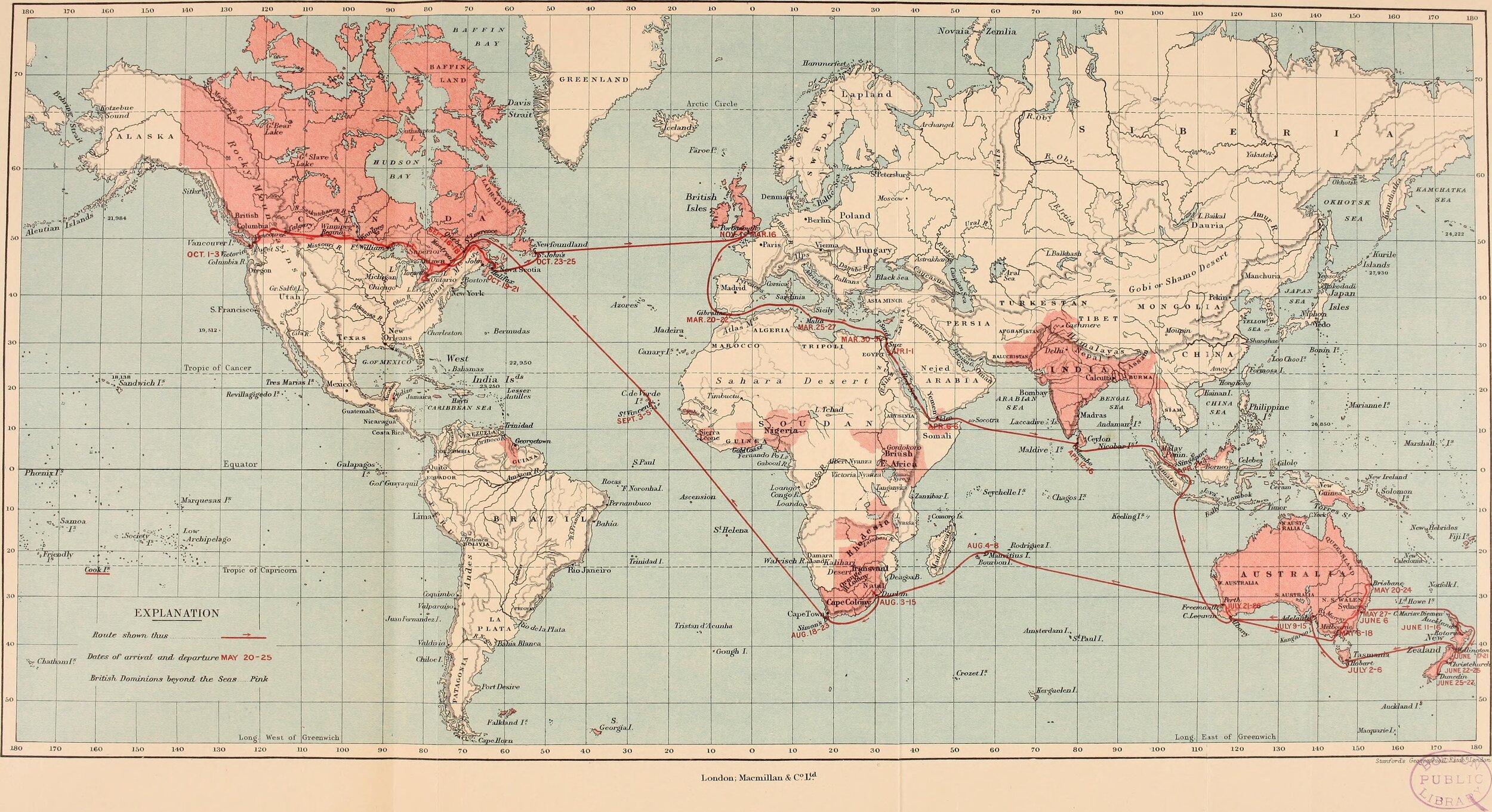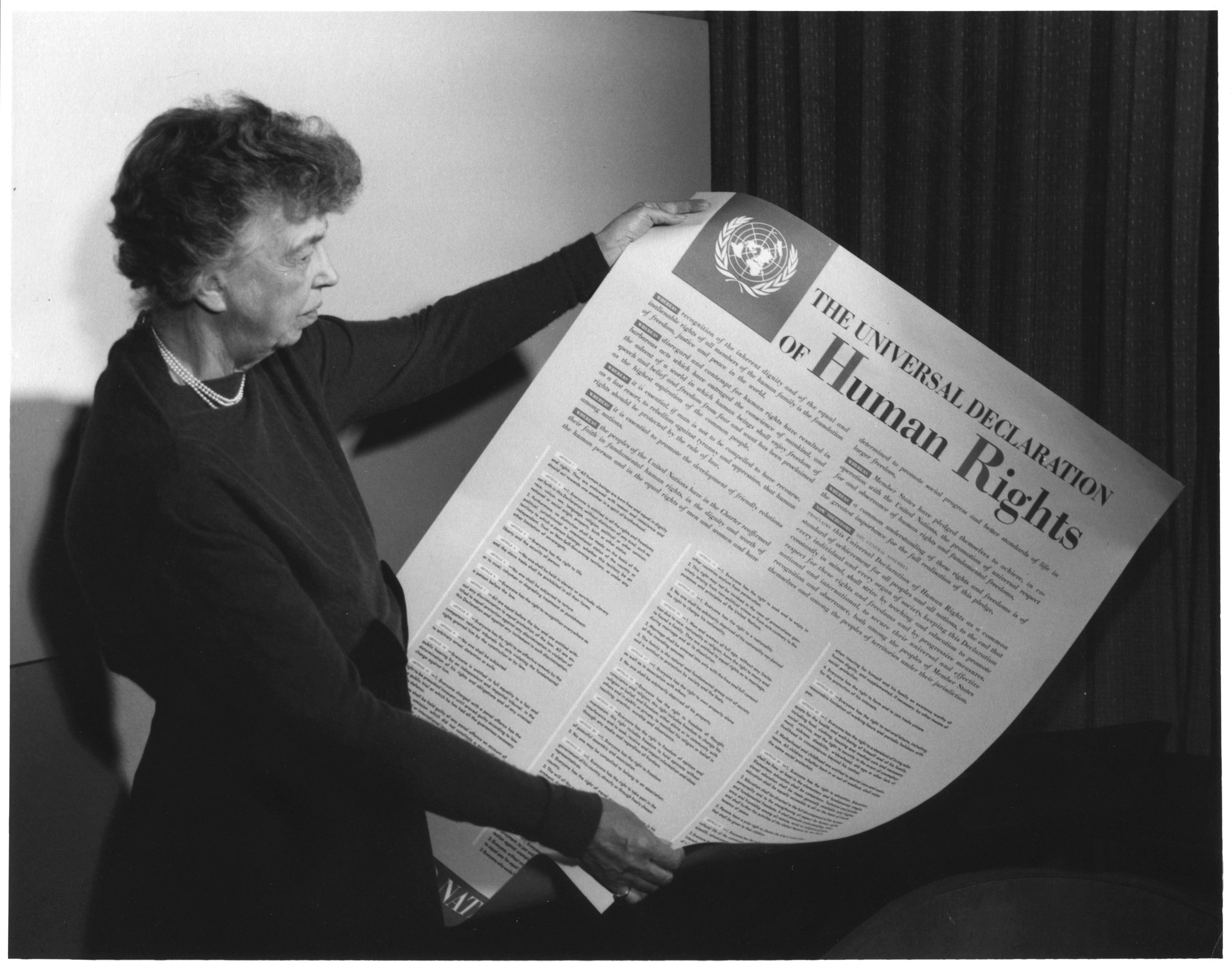
Part 5:
1945 to 2020: The Big Picture
#88 World Power: An Aphrodisiac for the Unwary
The key to understanding the Americans and world power after 1945 is that maintaining her competitive advantage has always been her key political concern. That has meant creating and then maintaining key alliances with a select number of nation-states like Israel and the old colonial nations of Europe, Japan, and to a lesser degree South Korea. All the others were nations that needed to be dominated.
#77 Global Economic Struggle over 50 Years: Monopoly and Oligopoly
In principle, capitalism has supposedly been a myriad of small companies in every field competing against each other. However, in practice, this has rarely been the case. Once the allocating principle of resources and the ‘free market' became established from the early 19th century, capital has always been drawn upwards in a vortex of profit. Small companies became established as legal entities with limited liability through shares from the 1830s. Shareholding of course goes back to monopoly trading companies in the early 1600s, established by parliament. After the 1830s, shares of profitable small companies were bought out by larger companies until only a few companies are left in the marketplace.
#75 The New Economic Normality 1971-2020: The Market and Neo-Liberalism
The essence of free-market ideology since the first half of the 19th century until now has been that competing firms were efficient and represented the best way to run society. Governments would overspend; organised labour is selfish; barriers to the movement of capital services and labour should be reduced to the minimum. This is neo-liberalism in a nutshell. The reality is, of course, very different, as firms tend to move to monopoly or oligopoly, and so inequality increases. This is not the place to expand the argument into economic theory. Neo-liberal economics has been widely practised across the world for the last 50 years.
#73 Tax Havens and the World's Rich
Half of the world's trade is said to pass through the tax havens. Trillions of US dollars have managed to avoid tax. In some sense, crime and corruption have come to be accepted as normal business. There has been a significant public outcry at the existence of these havens, not least because the rich are not taxed in a fair and just manner. Whistle-blowers have managed to expose those using these tax havens, embarrassing wealthy firms and individuals.
#68 The Marshall Plan: Protecting Europe from Communism
The Marshall Plan had several purposes. First, the American economy needed outlets for export, and second, the entire European and Japanese economies were in ruins and debt from the war. The Marshall Plan provided much-needed trading dollars. The plan was also intended to counter the attractions of Soviet Communism and probably saved western Europe from following a socialist path. The infrastructure of Europe, including a large number of homes and factories, had been destroyed by the war.
#67 The Creation of New Global Infrastructure to Rule the World
Well before the Japanese attacked Pearl Harbour, US war planners were envisaging the defeat of Germany and Japan and the break-up of Europe's various Empires. They imagined the creation of small independent nations, umbilically tied into the US dollar and planners drafted blueprints for the United Nations. The ideologies of Pax Americana, Providential Exceptionalism and Universalism led a large group. The move of America to rule the world was rampant ambition over any specific political or economic need. This blog outlines the new global infrastructure the US set up post-1945 to rule the world.
#64 Controlling the Peace: The Re-establishment of World Power
Readers of these blogs will know that establishing world power has always required sophisticated ideology to justify action across the world. The centre of ideology in the hundreds of years after 1492, up to 1945 centred on race and racism; that European and then American invasions were by ‘superior’ peoples. Race was always a flexible tool and the exact variant varied over time determined by who were the perpetrators of the invasions and the moment in history.
The ideological story that followed 1945 would be determined by the USA. This blog discusses the new ideological tale told by the Americans and the old European colonial powers who had lost all their colonies as a consequence of the wars that ended in 1945.
#62 Independence, Democracy Freedom from Colonial Rule
All the old colonialist powers in Europe lost global power. After 1945, the USA consciously decided that it had a ‘competitive advantage’ over all other states. She was sufficiently strong economically that she did not need colonies to take a globally dominant position. During her discussions with Britain in 1943, she laid down that one of her prime conditions for the peace was that all colonised countries were to be open to USA trade. By 1945, the USA was sufficiently powerful to enforce this decision against the wishes of the older colonising powers in Europe and Japan.
#61 Global Structural Change 1945 -2020
Here I illustrate the broad outlines of the political framework determined by US policy, followed by the economic framework determined by global events. Some of these events were somewhat outside of the US control. Events like the attack on the Twin Towers in New York, or the collapse of the USSR, were of course outside direct US control. But once they happened, the US policy that followed had global consequences. Over these 70 plus years, the USA has been by far the most dominant power on the planet, hence global structural change has been directed by Washington.
Please don’t gasp with fury at what might at first appear to be a gross overstatement. As time elapsed after 1945, other powers, like China began to play an ever-greater role in world affairs. My job here is to illustrate the big picture on a global scale and you will see how powerful the USA was in 1945, slowly declining as time moved on.








